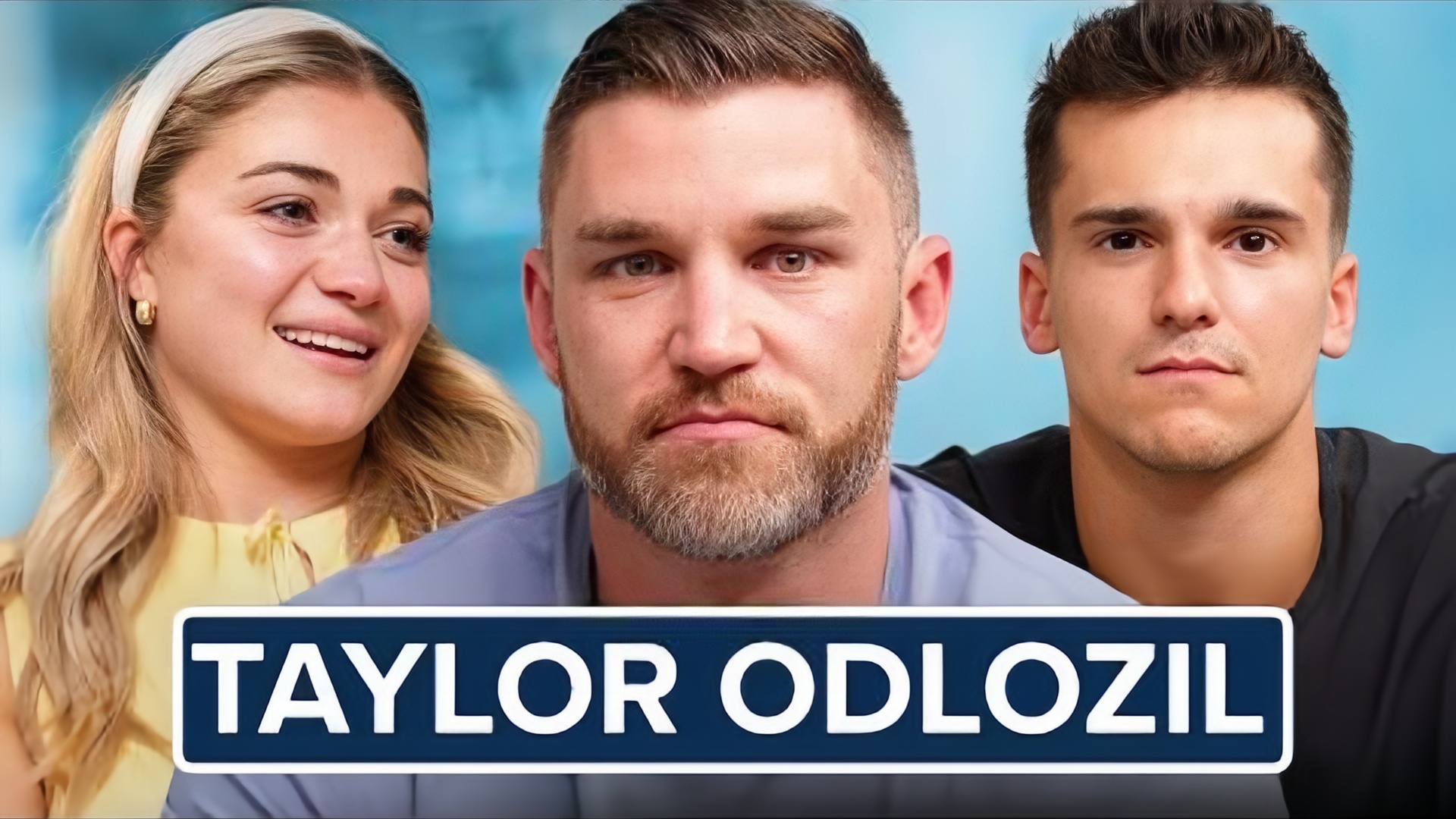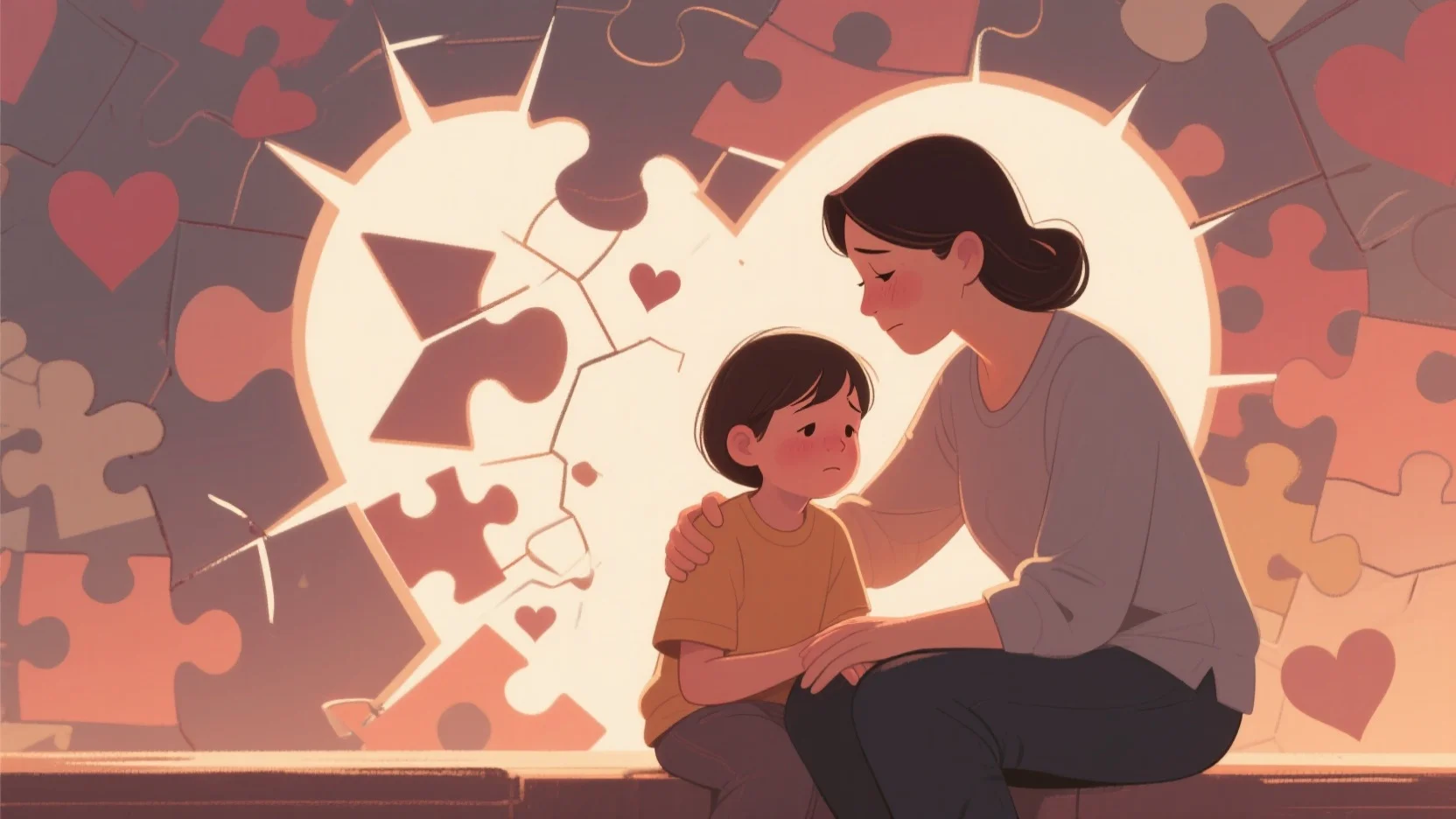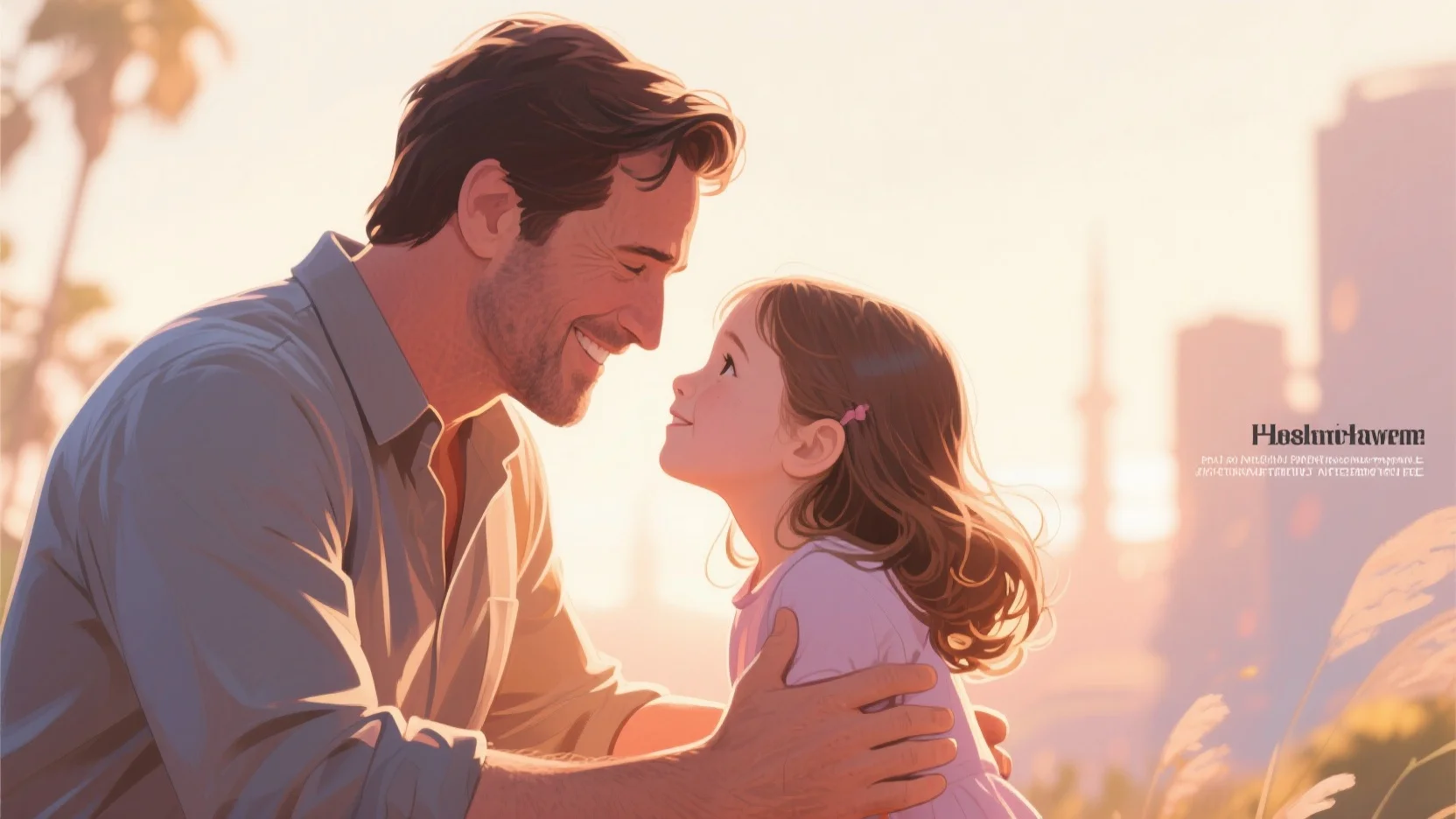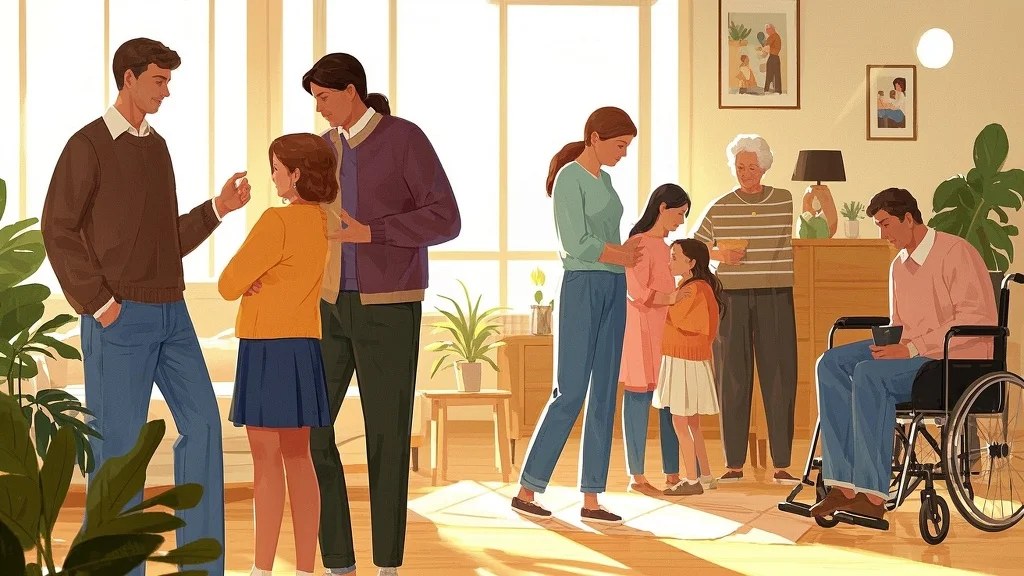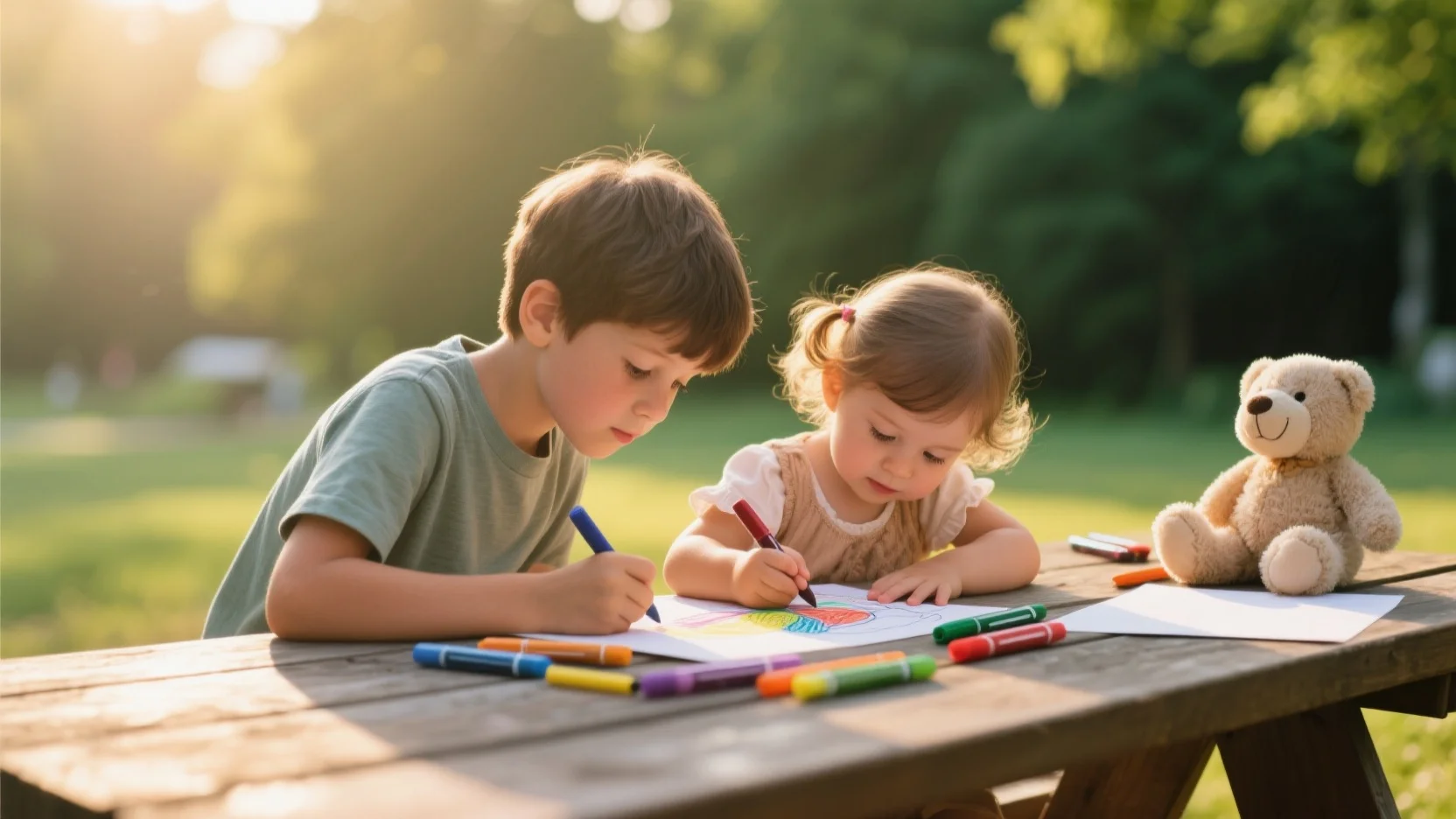When Taylor Odlozil lost his wife Haley to cancer, he wasn’t just grieving a partner—he was stepping into a new reality: raising their 6-year-old son as a single father while keeping Haley’s memory alive.
Millions have followed Taylor’s journey on TikTok, where he shares honest, emotional reflections on parenting through grief. His vulnerability has resonated deeply with parents, partners, and anyone who’s ever wondered, “How do I keep going for my child, when I’m still hurting myself?”
This isn’t just Taylor’s story. It’s a powerful reminder that parenting doesn’t pause for grief—but it can grow through it.
Love Doesn’t End with Loss
One of the most moving aspects of Taylor’s content is how present Haley remains in their family. From photo walls to everyday conversations, Taylor ensures their son knows not only who his mother was—but how deeply she loved him.
For grieving parents, this can be a guiding principle:
💡 You don’t have to “move on” from a loved one to move forward with your child.
Kids thrive on connection and continuity. By speaking about the one you’ve lost with openness and warmth, you’re helping your child process loss in a healthy way—and giving them permission to talk about their own feelings too.
When You’re Both the Comforter and the One Who Needs Comfort
Grief can be overwhelming. Now imagine balancing that while answering your child’s bedtime questions, packing lunches, and helping with homework.
Taylor has spoken about the emotional whiplash—one moment he’s crying alone in the car, the next he’s dancing in the kitchen to cheer up his son.
This emotional balancing act is familiar to many solo parents. The key, Taylor suggests, is not pretending to be “okay” all the time, but allowing your child to see you feel—and still show up.
Building a New Normal
One of the hardest parts of parenting after loss is realizing there’s no going back. Instead, it’s about building a new kind of life—with room for both grief and joy.
Taylor often shares quiet moments of healing: morning walks, shared routines, silly traditions he now carries on solo. These rituals—however small—help reestablish a sense of safety and rhythm for both parent and child.
Even in grief, consistency is comforting. Kids don’t need perfection; they need presence.
What Taylor’s Story Teaches Us
- 💬 Talk about the parent who’s gone. Don’t let silence fill the space where memories should live.
- 💗 Let your child help you heal too. Connection goes both ways.
- 🕯️ Grieve together, not separately. Your vulnerability teaches them it’s okay to feel deeply.
- 🌱 Honor the past—but grow forward. You’re not forgetting—you’re evolving.
You’re Not Alone
Taylor’s story has sparked a larger conversation about single parenthood after loss, and it’s one that’s long overdue. Whether you’re grieving a spouse, co-parenting through loss, or supporting someone who is—know that grief and love can coexist.
And that showing up, even on the hardest days, is more than enough.
